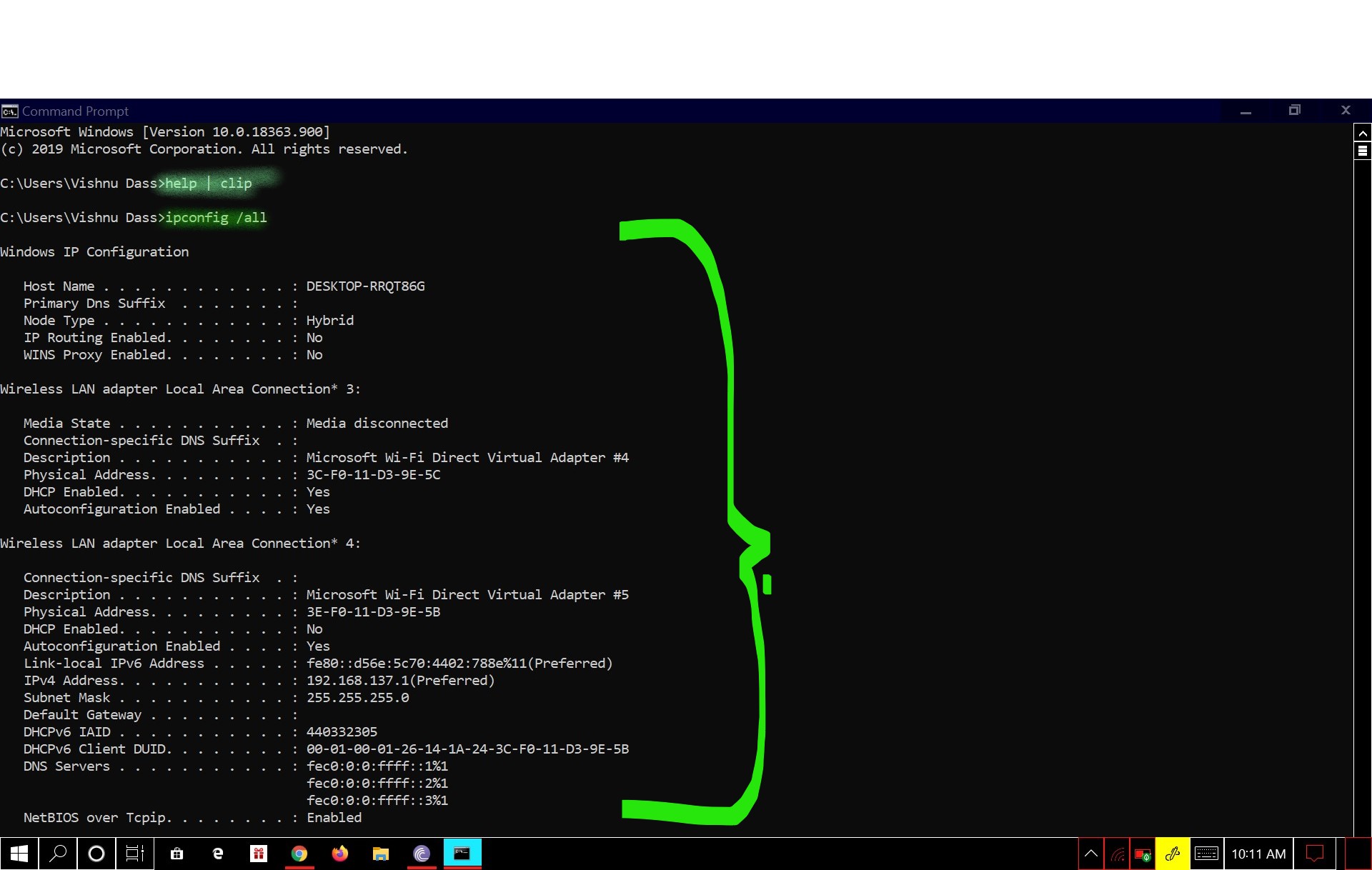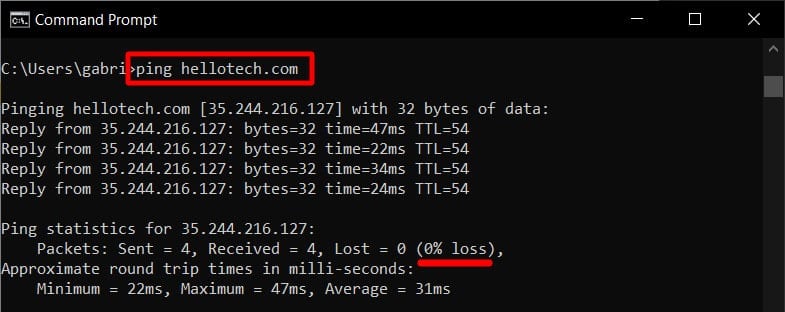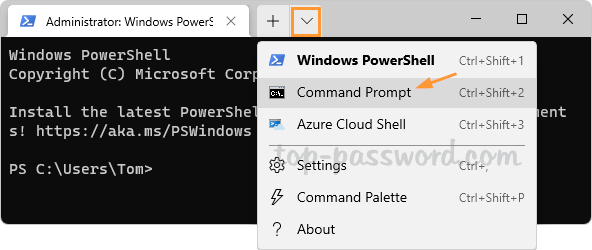
- HELPFUL COMMAND PROMPT COMMANDS MANUAL
- HELPFUL COMMAND PROMPT COMMANDS PASSWORD
- HELPFUL COMMAND PROMPT COMMANDS MAC
- HELPFUL COMMAND PROMPT COMMANDS WINDOWS
HELPFUL COMMAND PROMPT COMMANDS PASSWORD
The PASSWORD command is not supported in analytics run in Robots or on AX Server, or in legacy server scripts. Storing passwords for server-based analytics

The password does not appear in either the script Into the prompt dialog box, the characters are masked using asterisks (*).

User-entered passwords are temporarily and securely stored in memory.
HELPFUL COMMAND PROMPT COMMANDS WINDOWS
Lastly the CMD executable can be found as in the windows folder – as pointed out by another Anonymous user: c:\windows\system32\ <- cmd.exe is located here.Īnother fun little trick lets you customize how CMD looks when you first start it up. In Windows Vista, Windows 7, Windows Server 2007 (?) and Windows Server 2008 (Including R2) you can also search for the “CMD” (Command Prompt) executable directly from the search field in the bottom of your Start menu. You may also access “Run” by pressing and holding down the following key-combination on your keyboard: +. Almost at the bottom of that list you will have an option to place “Run” on the start menu. From the Properties window you navigate to the “Start menu” tab and click the “Customize…” button. If the “Run” application has not been placed in your Start menu, you can put it there by right-clicking on the Start menu and selecting “Properties”. Print the last lines of a file on command window Prints the contents of file on command window Run an application as a different user in the same sessionĪs the name says, this Widnows command is used to shutdown a computer from CMD.Ĭommand to get all system hardware/software information on command lineĬat command for Windows. “Rmdir’ command is used to delete directories from CMD.Ĭopy large number of files/folders from command prompt This command can be referred/used as ‘ren’ too. Windows ‘Rename’ command is used to rename files and directories. Manage local computer’s user groups from CMD.Ĭreate / List/ Delete shares on the local computerĮdit/create/delete registry keys from command prompt. ‘Net user’ command is used to manage user accounts like creating/deleting/locking/unlocking user accounts.

This windows command helps to print contents of a file on command windows, one page at a time. Provides same functionality as ‘Linux’ more command.
HELPFUL COMMAND PROMPT COMMANDS MAC
‘Getmac’ command is used to find physical MAC address of the network cards installed on the computer. Windows batch command for looping over a list of items and performing repeated actions. Search files for a given string Has advanced options than find command. ‘Dir’ command is used to list files and directories from CMD. ‘Del’ command is used to delete files from CMD. This Windows command helps to schedule tasks at specified time or recurring schedule.Ĭompress or decompress files and directories Refer the below index and follow the links for detailed syntax and examples. This website adds on to that with illustration of real use cases and lists solutions using Windows commands & batch files.

HELPFUL COMMAND PROMPT COMMANDS MANUAL
Microsoft published exhaustive list of Windows commands, which serves as online manual for each of the commands.


 0 kommentar(er)
0 kommentar(er)
